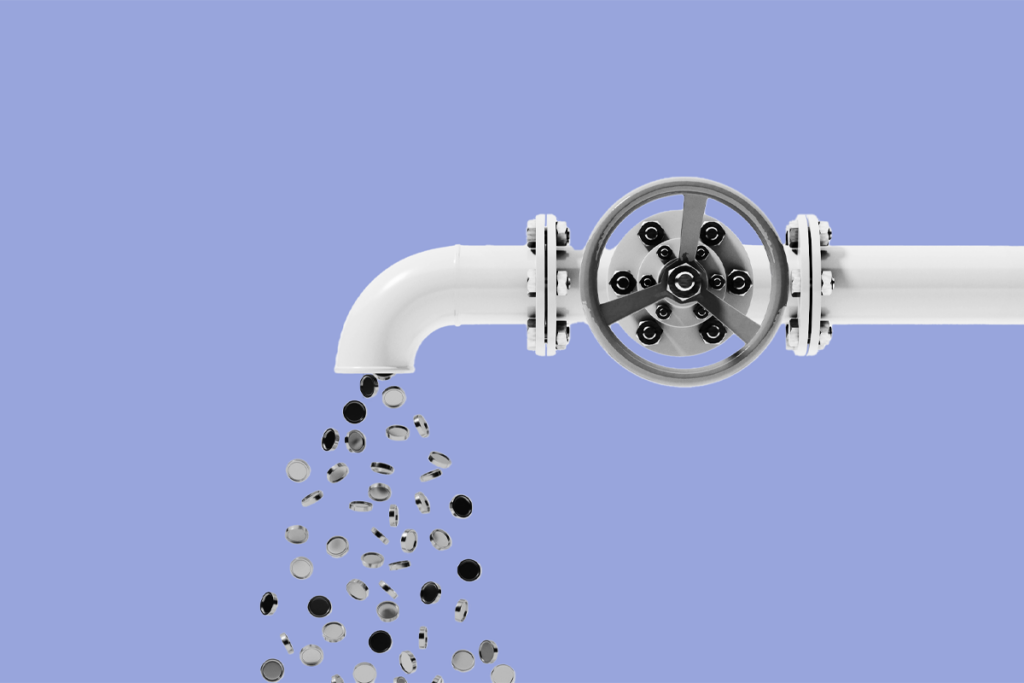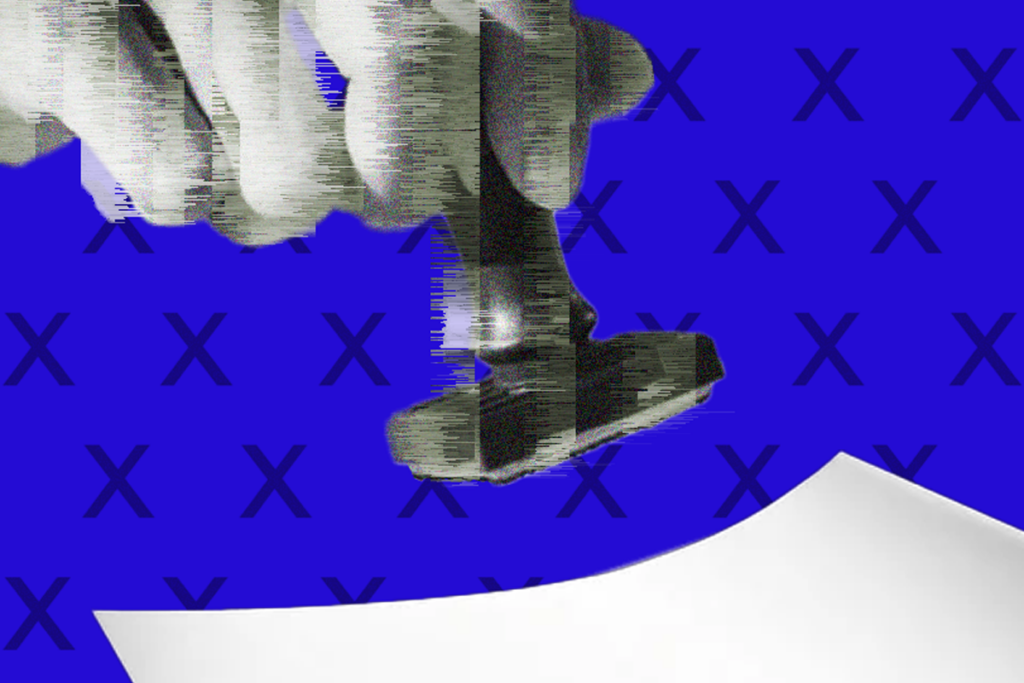Cognition and behavior: Study suggests categories of autism
People with autism may belong to one of four distinct categories based on their medical history, according to a study published in the October Autism Research.
People with autism may belong to one of four distinct categories based on their medical history, according to a study published in the October Autism Research.
Italian researchers gave a detailed medical questionnaire to 245 people diagnosed with autism and then used a statistical technique — called principal component analysis — to organize the data into simpler categories.
Studies have suggested an association between several factors, such as immune dysfunction or enlarged head size, and autism. The new study looks at a large number of variables and does not pre-define any categories at the start of the analysis.
The questions used in this study also differ from those in standard autism diagnostic tests because they provide a picture of an individual’s past and current medical history rather than an immediate diagnostic snapshot, according to lead researcher Antonio Persico, of the University Campus Bio-Medico in Rome.
The analysis identified four categories, each containing symptoms that are likely to occur at the same time — problems with the senses, problems with the immune system, neurodevelopmental delay and repetitive behavior.
The groups are “very independent” from one another, according to Persico, meaning that an individual who has a symptom from one category is unlikely to also have one from another.
The researchers found that each of these categories could have a distinct biological basis. For example, they saw a correlation between larger head size and variables in the immune category, elevated peptides in the urine and the neurodevelopmental category, and elevated serotonin and the repetitive behavior category.
Persico says the results statistically prove his clinical observation that some children with autism are “made in a certain way and will show a certain cluster of symptoms.”
Recommended reading

PTEN problems underscore autism connection to excess brain fluid

Autism traits, mental health conditions interact in sex-dependent ways in early development

New tool may help untangle downstream effects of autism-linked genes
Explore more from The Transmitter

Newly awarded NIH grants for neuroscience lag 77 percent behind previous nine-year average

